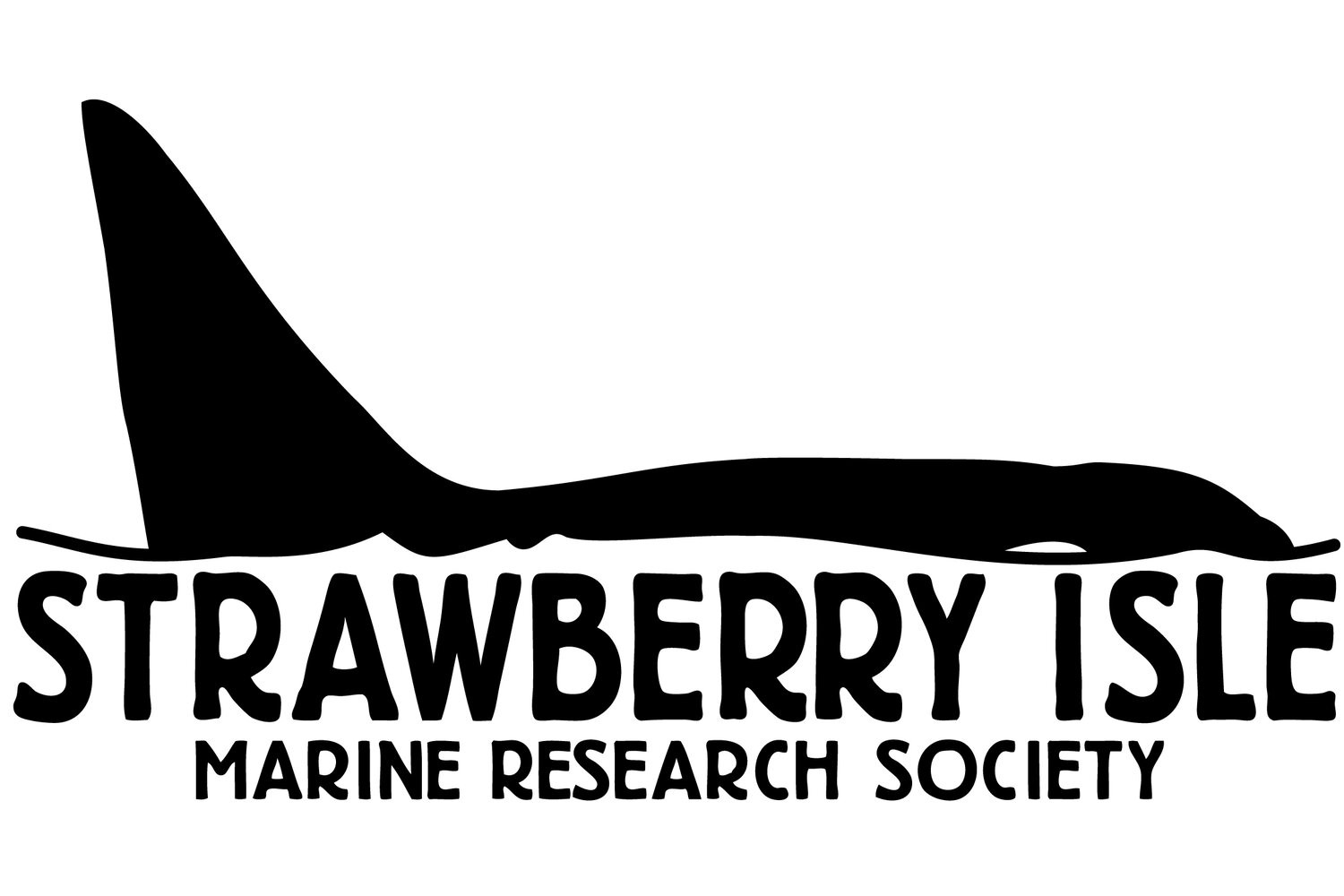Heatwaves, a Hot Topic
/Photo by Kyler Vos, ‘Follow The Light’.
As summer comes to an end, I’ll be packing my swimming trunks away and pulling out my skis -breathing a sigh of relief as the temperatures begin to gradually drop. Holding my breath, I wait for the typical fall rain to come and our seasons to turn... I almost feel guilty for enjoying this unusually warm sunny weather because I know it is at the expense of so many other animals like the salmon unable to migrate up dry riverbeds and return to their spawning sites, or the bears waiting to haul them out of the rivers upstream. Unfortunately, climate change has increased the frequency of these meteorological occurrences and this will have lasting consequences on our environment.
The extent of damage caused by these heat waves are still being examined by scientists, but there are still many unknown ramifications to the ecosystems that exist off our coast. While these ecosystems have shown some resilience in bouncing back given a long enough period between heat waves, as they begin to occur more frequently their recovery time is inhibited. Dr. Christopher Harley, a professor of zoology at the University of British Columbia, explains that some species are able to quickly adapt to the changing temperatures because of their homeothermic nature. This means that they are able to maintain their internal body temperature despite a changing environment. Much like we might have been sweating to cool down these past few weeks in the heat. Unfortunately, many species are unable to do this and escape the heat. Factors, such as low tide occurring during the hottest time of the day, coupled with unusually high temperatures can result in death for these animals. Something that happened summer when we experienced billions of deaths in our intertidal zones across BC. You read that right...billions.
What’s even crazier is that the number of deaths might be grossly underestimated as it may take many years of data collection to truly measure the impact of these heat waves. Having more long-term data is essential to understanding how these animals respond to heat waves. Without this understanding, it’s difficult to implement any protection plans. This is why long-term monitoring projects, like the Sea Star Stewardship Program done by Strawberry Isle Marine Research Society (SIMRS), are so important. Collecting data such as population, size, species, and severity has helped to identify trends that can help alleviate the issues that are caused by the disease. We are only just beginning to unravel the patterns behind warming ocean temperatures and Sea Star Wasting Syndrome. On a larger scale, when scientists are able to employ similar long-term data collection techniques they may notice a trend that could save the billions of ocean lives that are at risk.
BC’s Environment Ministry is even adding a section on data collection in the new Climate Preparedness and Adaptation Strategy. Although the numbers are currently looking quite grim, the collection of data could be a new avenue forward to formulating more solid plans in protecting all forms of ocean life in the coming years. You can take action as well by having your say in climate policy, participating in citizen-science projects like SIMRS’ Sea Star Stewardship Program and supporting researchers that are dedicated to long-term monitoring.
Learn more about our Sea Star Stewardship Program
Check out our StoryMap: Star Citizens Saving Sea Stars
Written by Adam Wang and Sophie Vanderbanck, Adam is a new Science Communication Volunteer at SIMRS and Sophie is the Programs Coordinator and Operations Assistant.


